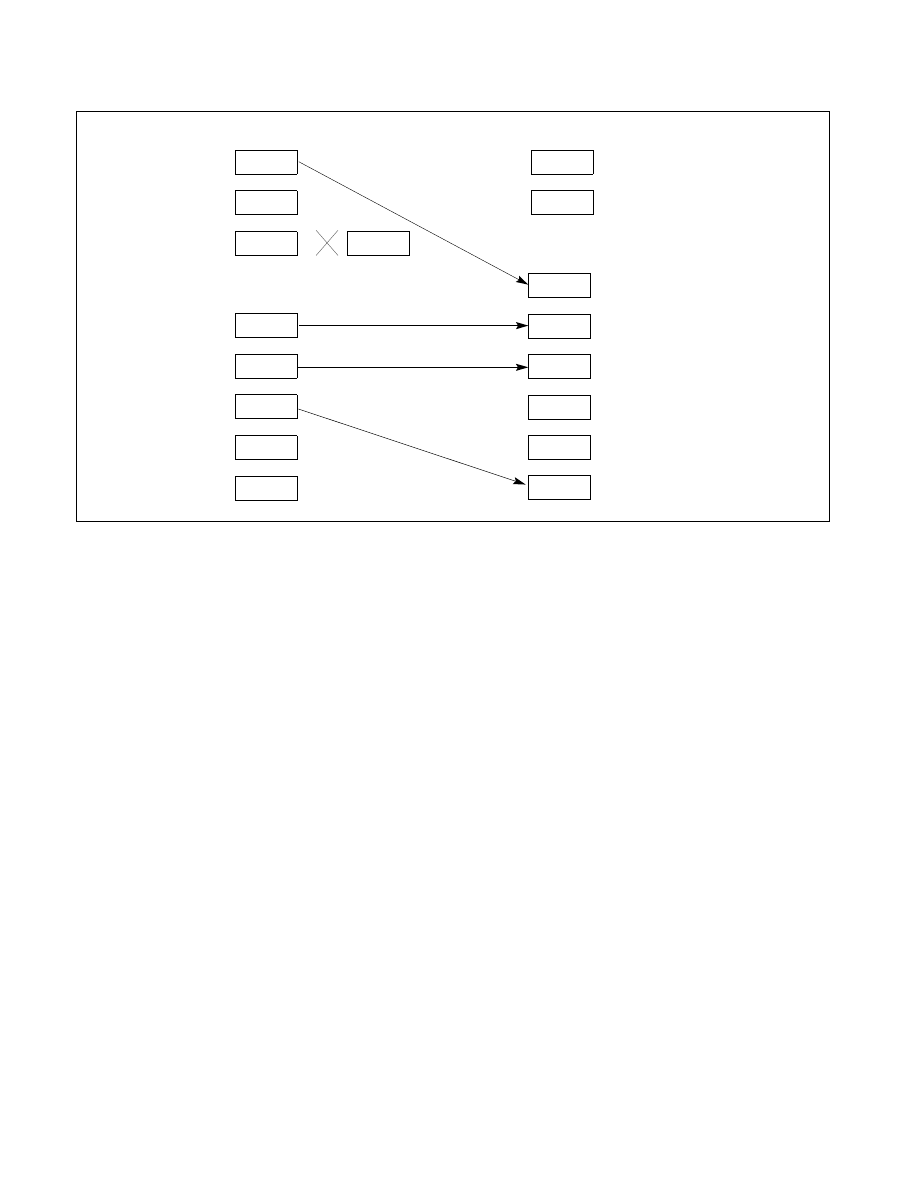
Vol. 3D 43-7
ENCLAVE CODE DEBUG AND PROFILING
43.5.2.3 Mispredict Bit, Record Type, and Filtering
All branch records resulting from Intel SGX instructions/AEXs are reported as predicted branches, and conse-
quently, bit 63 of MSR_LASTBRANCH_n_FROM_IP for such records is set. Branch records due to these Intel SGX
operations are always non-HLE/non-RTM records.
EENTER, ERESUME, EEXIT, and AEX are considered to be far branches. Consequently, bit 8 in MSR_LBR_SELECT
controls filtering of the new records introduced by Intel SGX.
43.6
INTERACTION WITH PERFORMANCE MONITORING
43.6.1 IA32_PERF_GLOBAL_STATUS
Enhancement
On processors supporting Intel SGX, the IA32_PERF_GLOBAL_STATUS MSR provides a bit indicator, known as “Anti
Side-channel Interference” (ASCI) at bit position 60. If this bit is 0, the performance monitoring data in various
performance monitoring counters are accumulated normally as defined by relevant architectural/microarchitec-
tural conditions. If the ASCI bit is set, the contents in various performance monitoring counters can be affected by
the direct or indirect consequence of Intel SGX protection of enclave code executing in the processor.
43.6.2
Performance Monitoring with Opt-in Entry
An opt-in enclave entry allow performance monitoring logic to observe the contribution of enclave code executing
in the processor. Thus the contents of performance monitoring counters does not distinguish between contribution
originating from enclave code or otherwise. All counters, events, precise events, etc. continue to work as defined
in the IA32/Intel 64 Software Developer Manual. Consequently, bit 60 of IA32_PERF_GLOBAL_STATUS MSR is not
set.
Figure 43-4. LBR Stack Interaction with Opt-out Entry
Inst1
BR2
Inst3
EEXIT
Inst4
AEP
EENTER
IRET
OS
Inst4
AEP
AEP
ERESUME
BR5
Inst6
Inst7
Fault